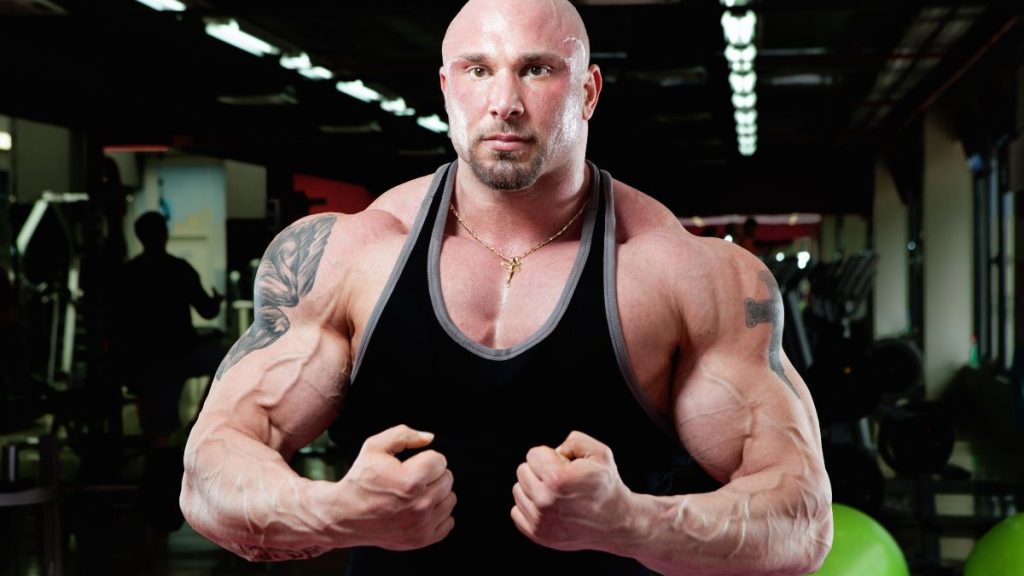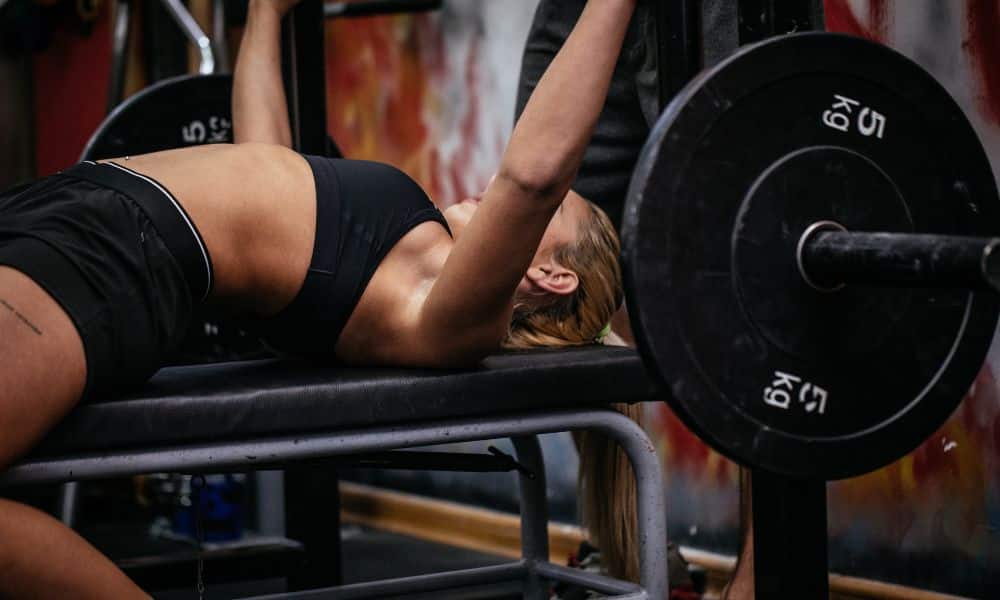Hitting a plateau can be frustrating, especially regarding chest development. If you’ve been lifting consistently and aren’t seeing the gains you want, it’s likely time to change your approach. Breaking through a chest plateau requires strategic adjustments to your routine, focusing on technique and perhaps even incorporating new exercises. Here are the top 3 tips to help you break through your chest plateau and build a more muscular, more defined chest.
1. Change Your Exercise Variations and Angles
One of the main reasons lifters hit a plateau is sticking to the same exercises and movement patterns for too long. The chest muscles have different fibers that respond best to various angles and exercises.
How to Adjust Your Exercises for Chest Gains
- Incorporate Incline and Decline Movements: A flat bench press is a staple but primarily targets the chest’s middle. Adding incline exercises (like incline bench press or incline dumbbell press) will focus on the upper chest, while decline movements (such as decline bench press) emphasize the lower chest. This approach ensures that you hit every part of the chest muscle.
- Try Dumbbell Workouts: Switching from barbells to dumbbells can help improve the range of motion, allowing for a deeper stretch at the bottom of the movement. Dumbbell chest presses, flyes, and incline dumbbell presses activate stabilizer muscles and improve muscle fiber recruitment.
- Add Cable Flyes and Machine Presses: Cables and machines provide consistent tension on the chest muscles throughout the movement. Cable flyes, in particular, offer a unique range of motion that keeps tension on the muscle, promoting hypertrophy. Machine presses allow you to isolate the chest further without relying on stabilizer muscles, perfect for reaching muscle failure safely.
Quick Tip: Aim to switch your exercises every 4–6 weeks. This period allows enough time to adapt to the new movements but prevents the muscle from becoming too accustomed to any one exercise.
2. Prioritize Progressive Overload
Progressive overload is the foundation of muscle growth. If you don’t increase the weight, reps, or volume over time, your muscles have no reason to grow. Breaking a chest plateau often means intensifying your progressive overload strategy.
Methods to Intensify Progressive Overload
- Increase Weight Gradually: If you’ve been pressing the same weight for several weeks, it’s time to push for more. Even a 5% increase can trigger new muscle growth. For example, if you’re benching 100 pounds, aim for 105 pounds at your next session.
- Add Volume with More Sets and Reps: Instead of sticking to the standard three sets of 8–10 reps, try increasing to 4–5 sets or adding more reps to each set. This extra volume helps stimulate growth by pushing your chest muscles to work harder than before.
- Incorporate Drop Sets and Supersets: Drop sets involve lifting until failure, then reducing the weight by 20–30% and continuing without rest. Supersets involve pairing two exercises back-to-back (e.g., bench press followed by push-ups) to maximize the workload on the chest. Both techniques increase the intensity of your workout and encourage muscle growth.
Quick Tip: Track your lifts weekly to ensure consistent progress. Small improvements add up over time and are key to breaking through plateaus.
3. Focus on Form and Mind-Muscle Connection
When you hit a plateau, it’s easy to assume you need to lift heavier weights. However, perfecting your form and enhancing the mind-muscle connection can be just as powerful in reigniting growth, especially in the chest.
How to Improve Your Form and Mind-Muscle Connection
- Slow Down the Reps: Instead of rushing through your sets, slow down each rep, especially during the eccentric (lowering) phase. Lower the weight for a count of three, pause, and then push up explosively. This method increases time under tension, which is crucial for muscle growth.
- Engage the Chest Intentionally: Visualize your chest muscles contracting with each rep. This mind-muscle connection helps you recruit chest fibers better, making each movement more effective. Focusing on squeezing your chest at the top of each press or flye increases engagement and intensifies the workout.
- Optimize Your Range of Motion: Ensure your range of motion is complete. For instance, lower the barbell to just above your chest to stretch the muscle fully in a bench press, then press up. Partial reps may limit muscle engagement and prevent total growth.
Quick Tip: Try adding an isolation exercise, like cable flyes, at the start of your workout. This pre-exhausts the chest, making it easier to feel and activate the muscle in subsequent compound exercises.
Additional Tips for Breaking Through a Chest Plateau
- Adjust Rest Periods: Experiment with rest periods between sets. For strength, rest 2–3 minutes between heavy sets, but for hypertrophy, try 45–60 seconds to keep muscles under continuous tension.
- Nutrition and Recovery: Ensure you consume enough protein and calories to support muscle repair and growth. Aim for 1.6–2.2 grams of protein per kilogram of body weight and prioritize sleep and recovery for optimal results.
- Focus on Consistency: Regular, disciplined workouts and gradually increasing load over time are the keys to breaking through any plateau. Record your workouts and measure your progress every week.
Sample Chest Plateau-Breaking Workout
Here’s a workout routine incorporating these tips for a well-rounded chest day:
- Cable Flyes: 3 sets of 12 reps (focus on squeezing at the top for the mind-muscle connection)
- Incline Dumbbell Press: 4 sets of 8 reps (add progressive overload by increasing weight each set)
- Flat Bench Press: 4 sets of 6–8 reps (prioritize strength and form, slow down the eccentric phase)
- Decline Dumbbell Press: 3 sets of 10 reps (increase range of motion and hit the lower chest)
- Push-Ups or Machine Chest Press (Drop Sets): 3 sets to failure (drop weight or use body weight to reach maximum volume)
Final Takeaway
Breaking through a chest plateau requires a multifaceted approach: switching up exercises, intensifying progressive overload, and refining form and mind-muscle connection. With these three powerful tips, you’ll stimulate new muscle growth and reignite your progress toward a bigger, more muscular chest. Stay consistent, track your progress, and remember that every rep brings you one step closer to achieving your goals.




